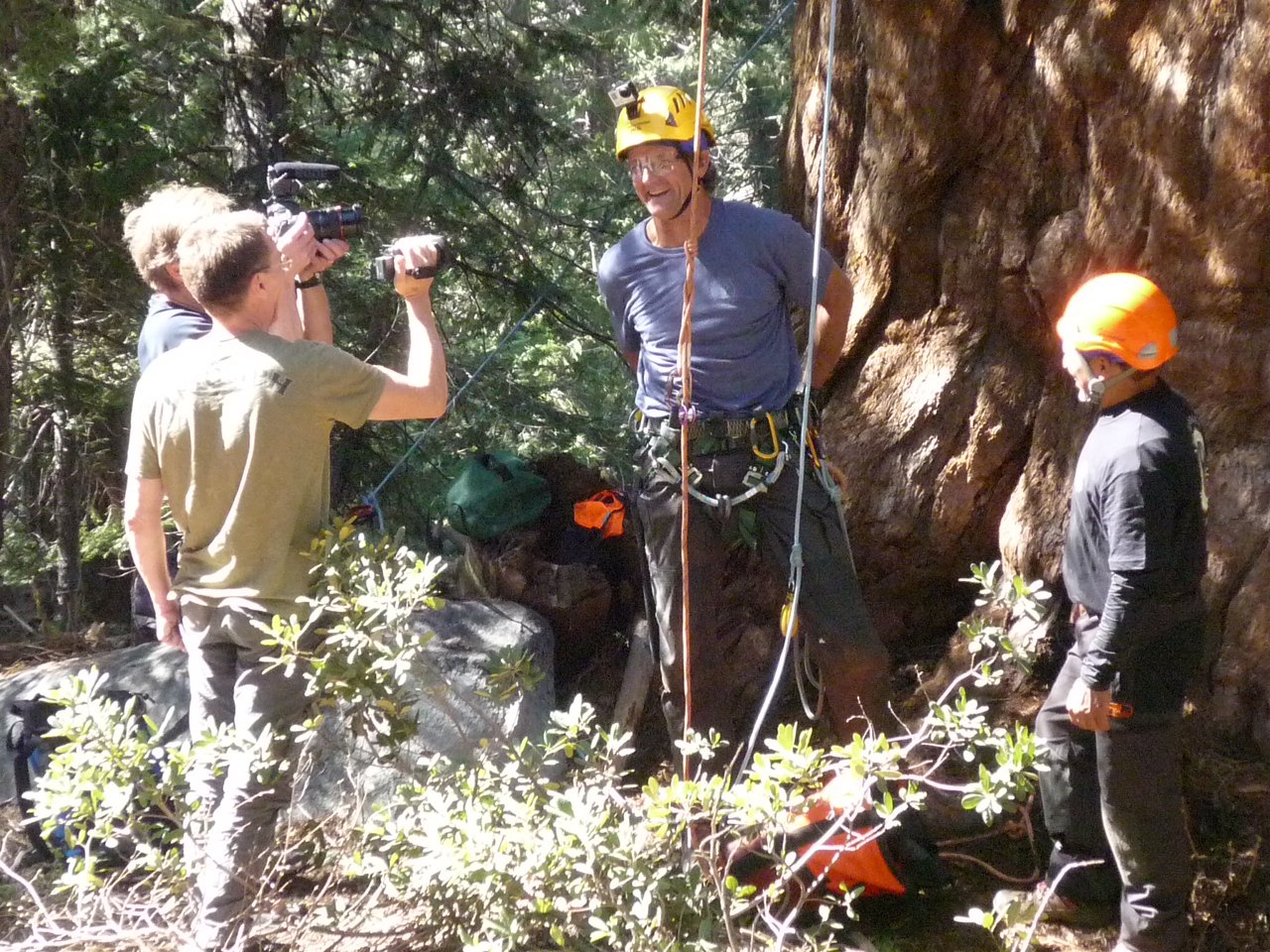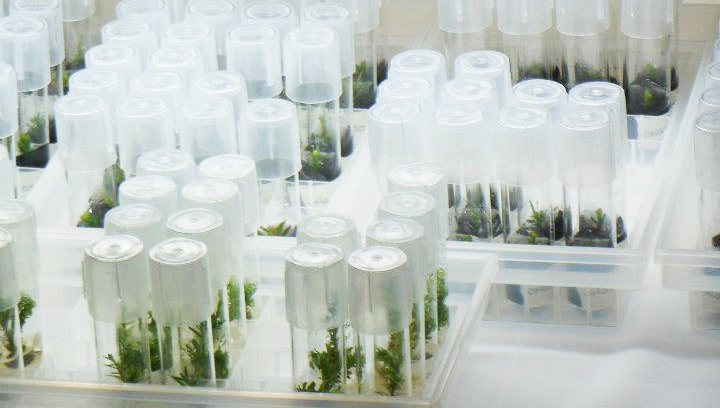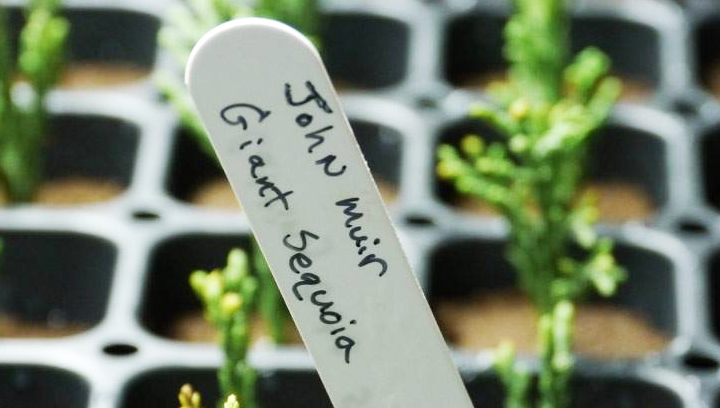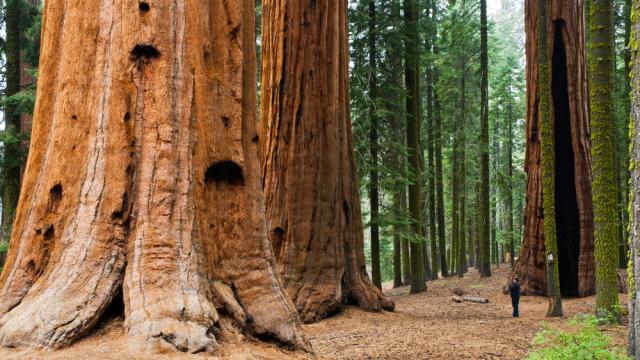The 2500-year-old Ankerwycke Yew, which sits near a medieval nunnery in Southern England, has borne witness to some serious history. It shaded the King of England during the signing of the Magna Carta. It was a favourite meeting spot of Anne Boleyn and King Henry. And it’s likely going to see a whole lot more, after the Archangel Ancient Tree Archive finishes cloning it.
Archangel is a 30-year-old Oregon nonprofit run by a father and son team, David and Jared Milarch. The easiest way to describe the Milarchs is as modern-day Johnny Appleseeds: Together with a team of biologists and climbers, the duo have spent the past two decades assembling a “living library” of the world’s most important old growth trees, cloning hundreds of different species along the way.
When I spoke to the elder Milarch, he had just returned from a trip to the UK, where he and his team were celebrating the release of a book about their work, The Man Who Planted Trees: Lost Groves, Champion Trees, and an Urgent Plan to Save the Planet. They also spent two weeks collecting samples from 3000-year-old Oaks and 6000-year-old Yews. “They were just some of the most tremendous trees I’ve ever seen,” says Milarch. “We’re going back in August to clone and archive the Ankerwycke Yew.”

Cloning a tree is, of course, a lot simpler than cloning a human — but it gets more complicated when the tree in question is fragile, at 6000 years old and hundreds of metres in height (“it’s like a 90-year-old woman giving birth,” says Milarch). In April, Archangel finished a four-year project focusing on Pacific Redwoods, which can grow as high as a 40-storey building. Working with a team of climbers and biologists, they travelled up and down the California coast, snipping hundreds of samples from the boughs and living Sequoias and shaving samples from the stumps of the dead.
Back art Archangel’s Michigan lab, scientists used a technique called micropropagation to create thousands of new seedlings, each of which contains the exact DNA of its parent. The process is complicated and often takes years of tinkering, but it usually involves taking tiny shavings from stems and cultivating them into larger tissue samples — which are “weaned” from their carefully controlled growth tubes to stimulate the creation of roots.
In April, Archangel shipped hundreds of these precious Redwood plantlets to their permanent homes in seven different countries and two different continents. “We want to guarantee that they’re going to live on long after we’re done, so we place them in different regions all over the world,” Milarch says. “It’s insurance.”

Even when Archangel replants its clones closer to home, its scientists often recommend moving the young trees to more northerly (and hence, cooler) locations, which match the climate where they grew during early life. For example, the team planted a slew of Redwood clones 113km north of their harvesting location earlier this year.
This is a process called assisted migration, and it’s a controversial topic in the scientific community. Critics argue that playing god (or Darwin, in this case) with fragile ecologies could have disastrous consequences. On the other hand, argue proponents, there’s no habitat on Earth that hasn’t already been compromised by human hands — we should do all we can by helping species relocate to more appropriate climates.
Milarch and his team, obviously, fall into the latter camp. “We’re putting them where our best guess is for where they’ll be able to survive what we’re going through,” he says.“It’s a pretty damned good educated guess by some of the best minds we can muster.” Preserving the genetics of these trees is the first priority — everything else can wait.

Milarch’s son, Jared, is now the acting Executive Director at Archangel, but David is still involved on a daily basis. His next goals include cloning one of China’s “temple trees” and Lebanon’s legendary old growth cedars. In an effort to secure more funding, the duo are pushing towards new levels of public awareness.
One thing that should help? At the 50th memorial of John F. Kennedy’s death this August, dignitaries and politicians will each receive an unusual gift: A sapling clone of the Ankerwycke Yew, supplied by Archangel scientists.
